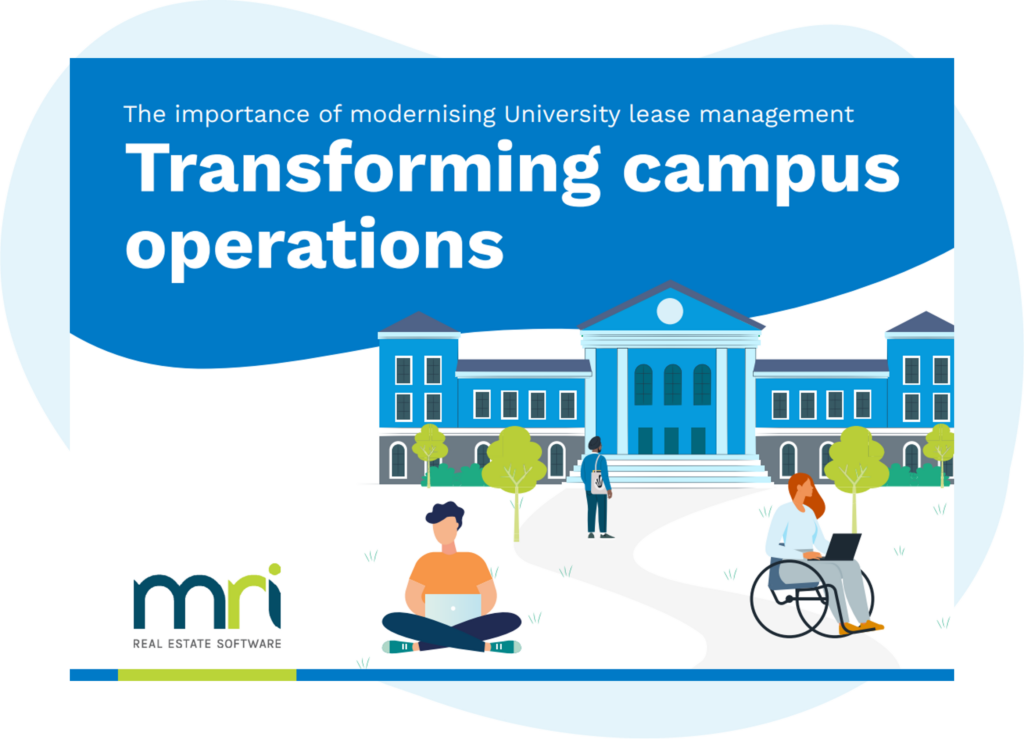How implementing PropTech impacts the bottom line in commercial real estate
The COVID-19 pandemic has accelerated the adoption of Property Technology, or PropTech, in the built environment. And while it only makes sense for both occupiers and landlords to roll out solutions that will improve their assets and improve tenant experience, the bigger question is how will it affect the bottom line?
In an online panel discussion from the recent PropTech summit, PropTech and real estate experts shared the lessons they’ve learned from implementing PropTech in their organisations.
Impact of PropTech in Commercial Real Estate
1. Open and connected PropTech creates efficiencies
Transactions in the property sector have always been mired with lengthy processes. The whole point of adding new PropTech is to increase efficiency, but to make this a reality (and therefore a viable investment) your PropTech must connect with your other technologies so there isn’t double handling, your solution remains scalable and fits the needs of your staff and your clients.
Grant Fowler, CEO at DIVVY shares his experience with the parking technology business, “What’s going to provide value and where the technology is starting to move is the collaboration of technologies and also the aggregation of technology so that more solutions are brought to bear from various different suppliers on one problem.”
This interoperability and integration of commercial real estate solutions allow for a dynamic execution of services that not only creates efficiencies but also allows occupiers to keep up with their clients’ changing needs. For this reason, being “open and connected” is a key part of our mission statement here at MRI Software.
2. PropTech improves the customer experience
Efficiencies trickle down to the customer and allow real estate managers to focus less on admin and more on providing a great customer experience. As customers become more tech-savvy, it’s more important to provide tools that will make it easier to transact and communicate at any time of the day. We are seeing this with online portals and mobile maintenance apps – and the digital transformation that last year’s unprecedented events started has highlighted just how integral these digital tools are for keeping businesses operating in a remote environment.
According to Jacopo DeSimone, Solution Consultant at mobile app provider, Moxtra “We have seen with our customers a lower cost at the end of the day through making the customer journey a lot more efficient and combining everyone into a single destination makes it easy for them to actually communicate online and improve the velocity of doing business with you.”

3. PropTech makes it possible to create in-demand flexible workspaces
With most of the employees working from home, the future of the office seemed uncertain during the height of the pandemic. But as cases continue to dwindle and vaccines are rolled out, how we return to the office and utilise our spaces is now at the forefront of many conversations – with flexibility seen as an ongoing theme moving forward. Mark Hansen, CIO at Dexus explains, “Covid has changed that whole dynamic and particularly put a focus on flexibility.”
Just as technology has made it possible to work remotely, PropTech can support spaces that engage both the virtual and physical environment of the modern office. “We spoke with a lot of customers who are really keen to drive more collaborative spaces, have the flexibility of having the workforce in multiple locations, not just in one location and also particularly from a rent point of view, and providing different spaces with different tenures,” says Mark.
Hot desking, coworking and open offices are just some of the types of flexible workspaces that can be optimised with the use of solutions such as space management and visitor management. While the possibilities are almost limitless with PropTech, there’s a responsibility to ensure its true value is recognised by customers. “One of the challenges there is making sure it’s part of that next leasing discussion or that next occupancy discussion and ensuring that the customers are attributing value to all the PropTech that we’re putting into these assets,” says Mark.
4. PropTech solutions help support sustainable buildings
With extreme weather changes and epidemics becoming more apparent in the last few years, sustainability is increasingly in the spotlight in the built environment.
Leah Ong, Director of Real Estate at Volvo, counts energy efficiency and health as a key factor when choosing properties for their offices and factories “From a company perspective, Volvo Group plans to be a net-zero emissions company by 2050 in line with the Paris agreement, if not sooner. So, for us, we’re keen to really get involved with technology that will help us reduce waste and emissions.”
“We’re also looking at ways that we can optimise our workplace experience for our staff, the capacity of our buildings and energy usage. So, for us, health and safety post-COVID is important.”
Data is key to reducing the environmental impact of buildings. Smart buildings and data analysis tools can help you differentiate with data so efficiently track and reduce environmental impact. As everyone becomes more conscious of how we affect the environment, sustainable solutions will increasingly be part of decision-making for landlords, occupiers, and tenants when it comes to developing and leasing properties.
5. PropTech solutions help future-proof your assets
More than allowing businesses to scale at a lower cost, open and connected property technology is also the key to sustaining agile and future-ready businesses.
Compared with the legacy systems of yore, today’s digital solutions allow for more collaboration with present and future technologies. Varun Nair, Head of Facilities Management at Scentre Group explains how their organization evaluates PropTech that will be implemented in their properties, “It’s not just around the technology itself. It’s also the ability to work with our business. How can we tie all of that to suit our business operations? So that’s a big lens that we look at any technology through. And sometimes it takes a little bit of time to get there because of that interconnectedness with all of the other systems and technologies that we have.”
Mark Hansen shares the same sentiment, stressing that this connectivity is the future for the built environment, “Staying connected is the key to the future. This means that telcos would now be in the position to put 5G into these assets which would have a new explosion of services and solutions on offer. This is where we see a lot of drive for the future.”
More on how PropTech affects the bottom-line
Watch the full session on-demand to learn more about how implementing PropTech impacts the bottom line.
Transforming campus operations: The importance of modernising University lease management
Across various sectors, including the educational industry, the persistent use of outdated systems and software emerges as a significant bottleneck, impairing operational efficiency, security, and innovation. From legacy systems that hinder academic …

